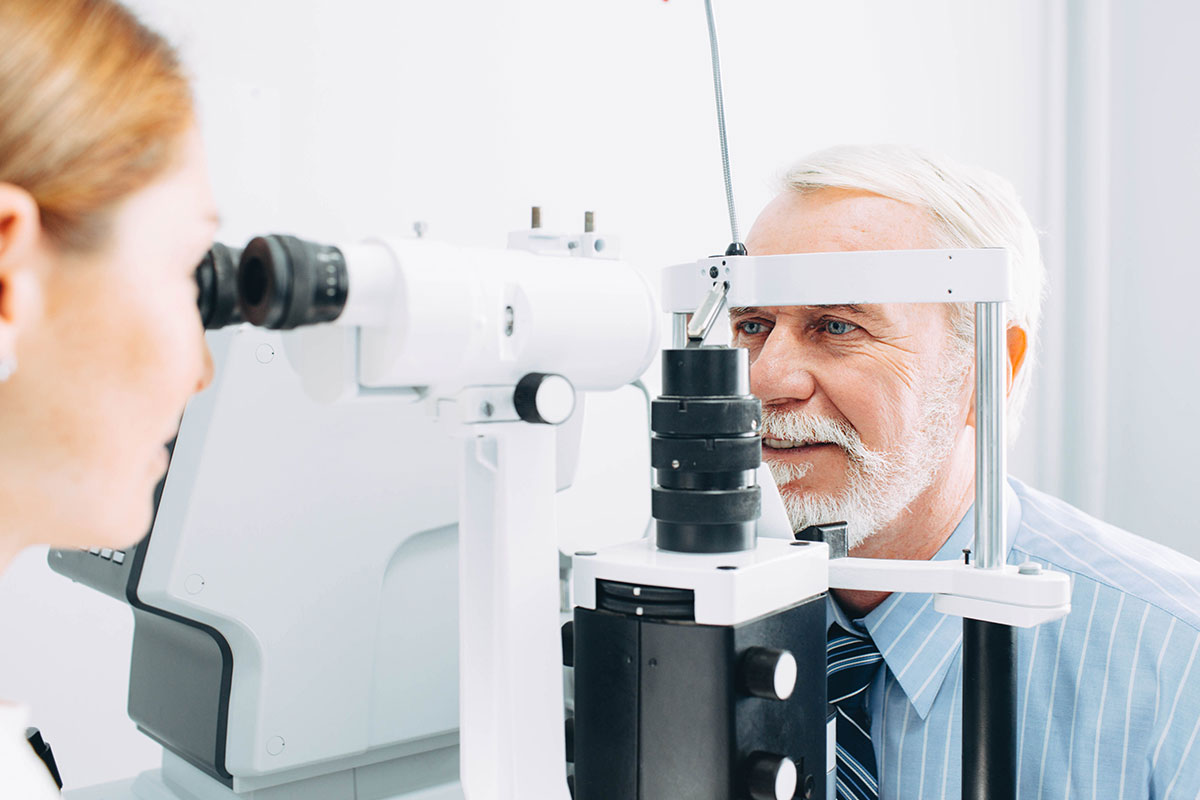DMEK, short for Descemet’s Membrane Endothelial Keratoplasty, is one of the most advanced partial corneal transplant techniques available. If your cornea is cloudy or damaged, leading to blurry vision, the eye doctor can remove and replace the diseased parts of the cornea with healthy donor cells. Cornea donors don’t need to be tissue-matched, so they’re easily available without waiting lists. During the DMEK procedure, the eye doctor removes and replaces the diseased endothelial tissues at the back of the cornea via extremely small incisions.
The endothelium pump cells located at the back of the cornea generally release fluid to keep the cornea clean and clear. Underlying medical conditions, such as Fuchs’ dystrophy and external injuries, can damage the endothelium pump cells, which leads to distorted and blurry vision. DMEK is the purest corneal transplantation technique because it only replaces the damaged cells — perfect anatomical replacement. This procedure minimizes the risk of infections and rejection and ensures optimal healing.



